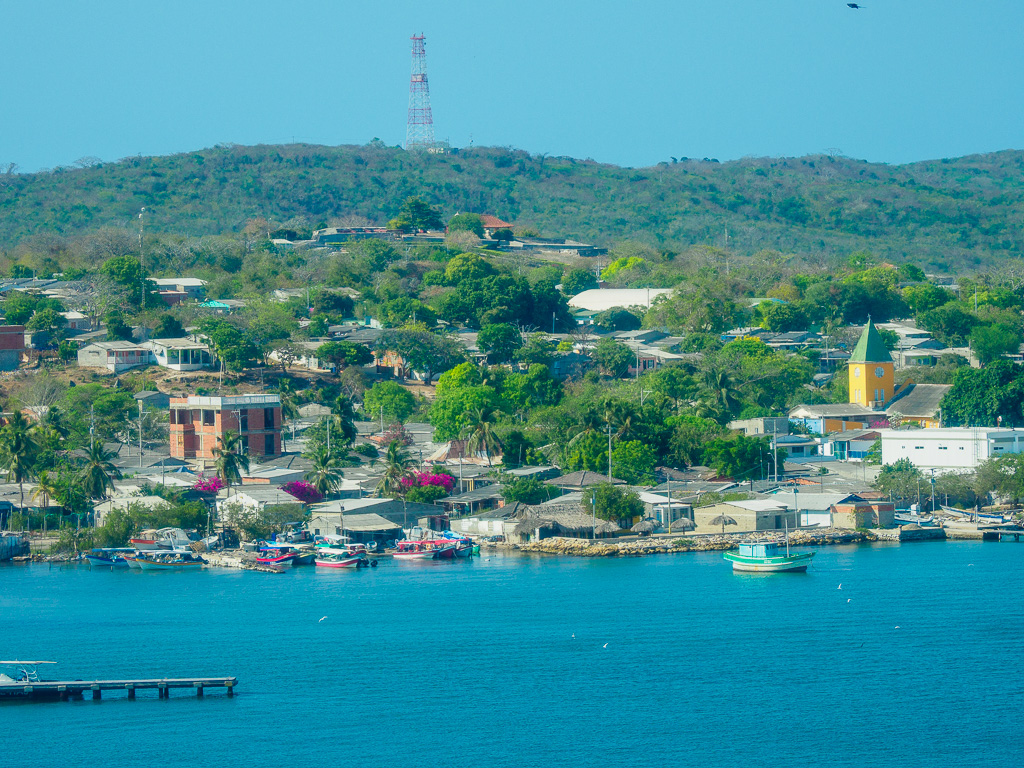Colombia – Cartagena
Spain’s Fortified City
In the time of the Conquistadores, Spain attempted to solidify its hold on the New World by establishing a port at Cartagena, on the coast of what is now Colombia, and building these massive fortifications around it. In colonial times, this port was essential for exporting Bolivian silver. Its name derives from the ancient Mediterranean city of Carthage.
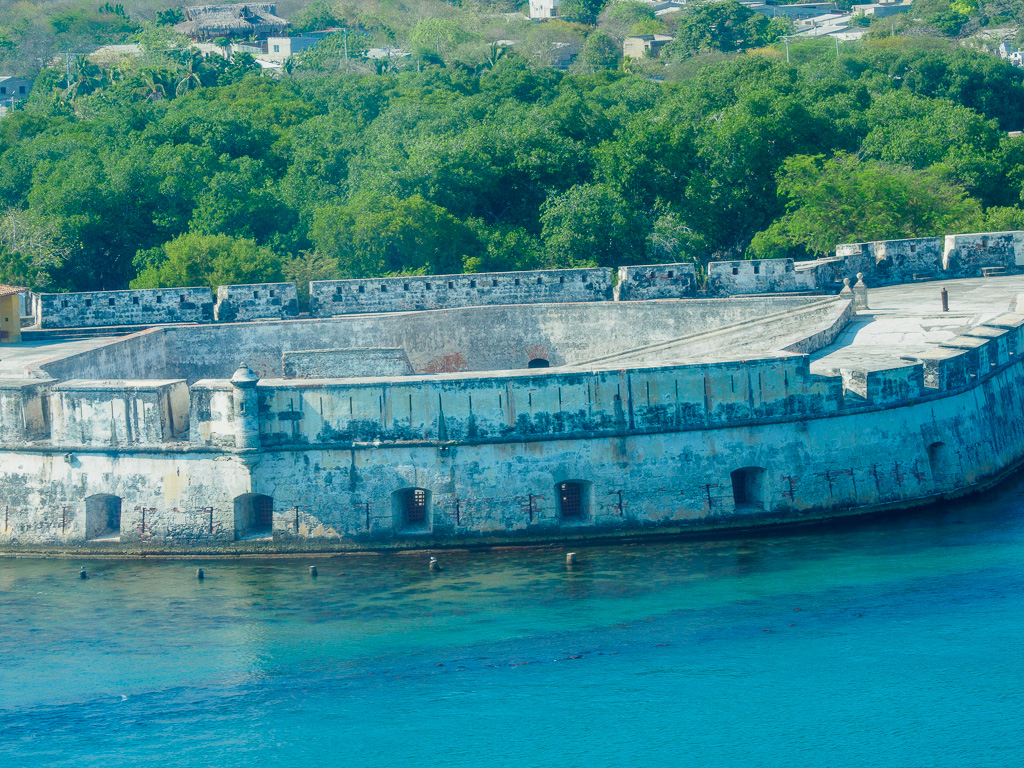
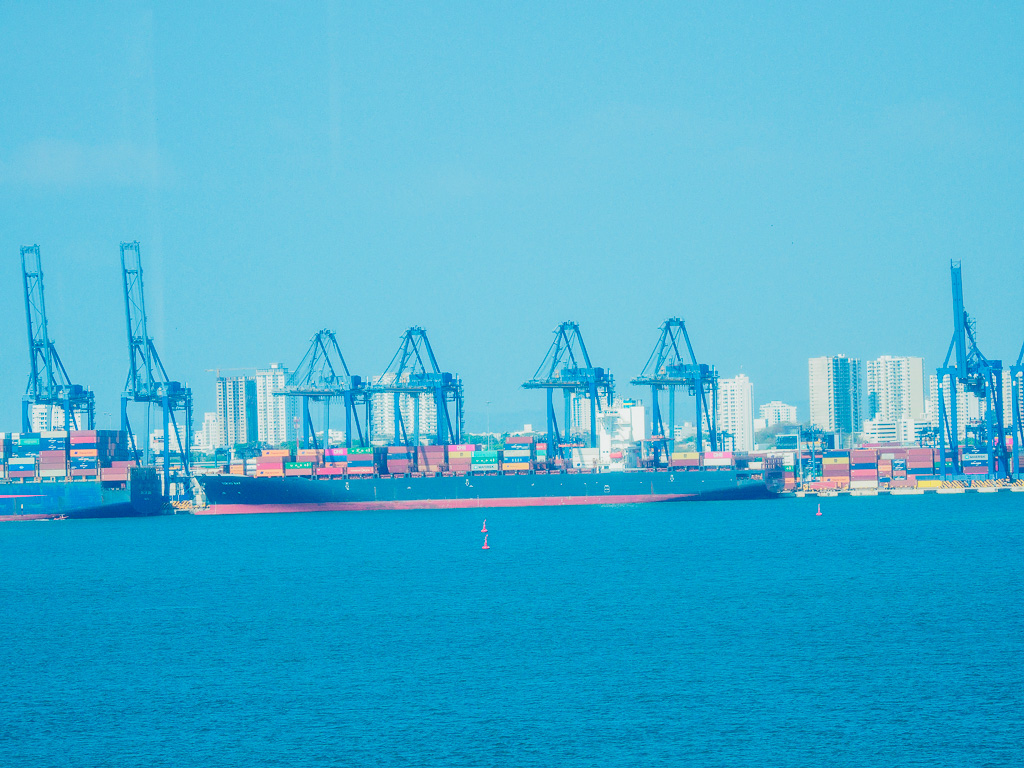
Nearing Harbor
Today the city is not only Colombia’s primary tourist port, but also its main commercial port.
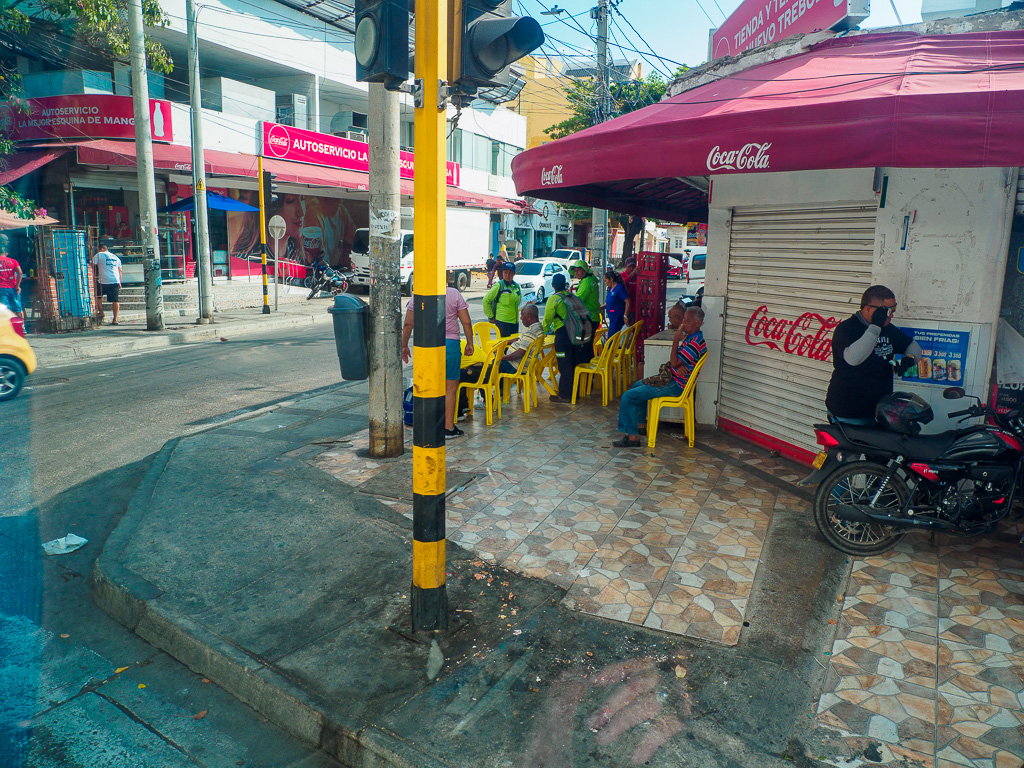
Street Life
Colombians don’t miss any opportunity to gather outside.
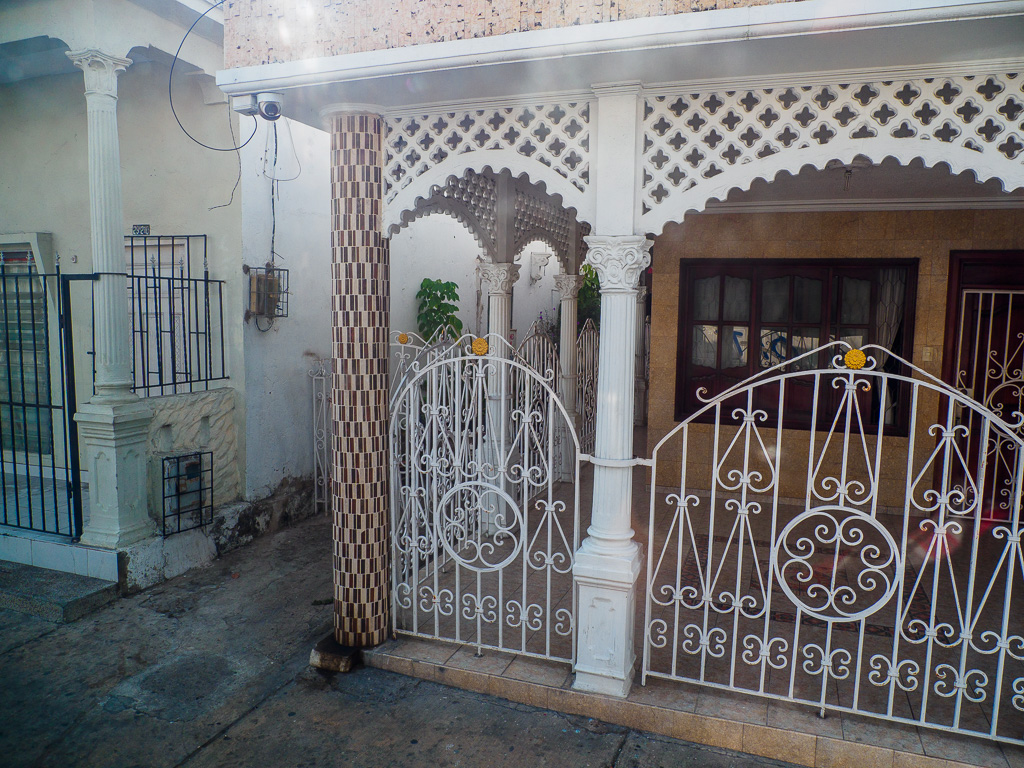
Wrought Iron
A home in Old Town.
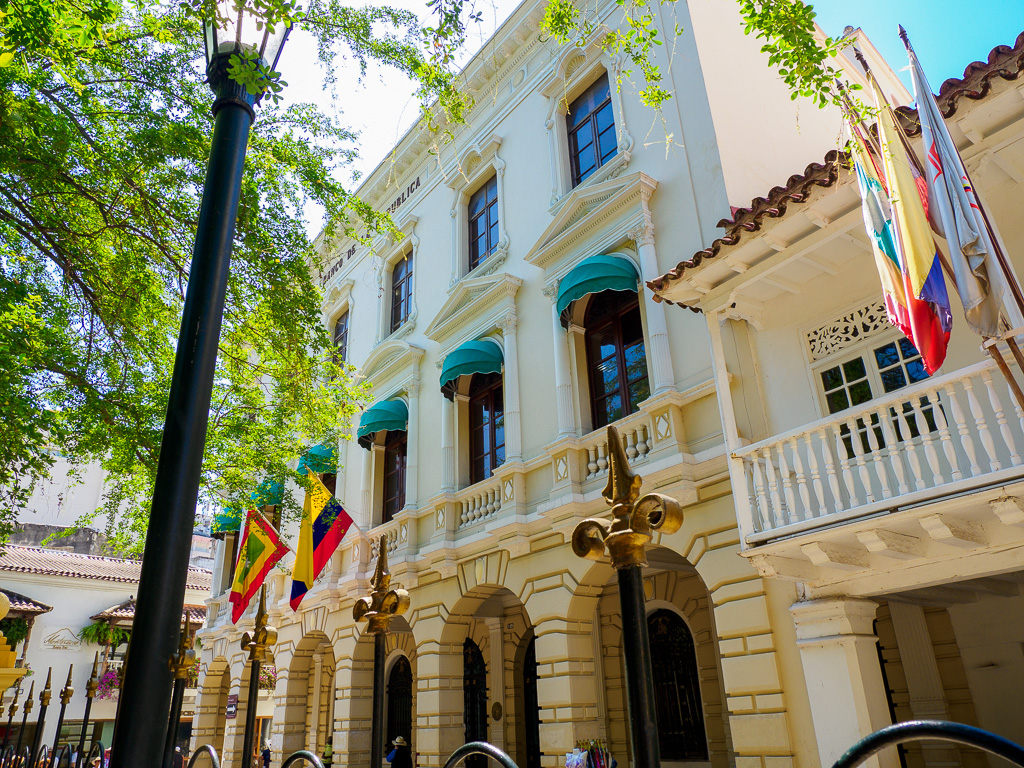
A new hotel designed to harmonize with the neighborhood. Below, Old Town’s market streets.
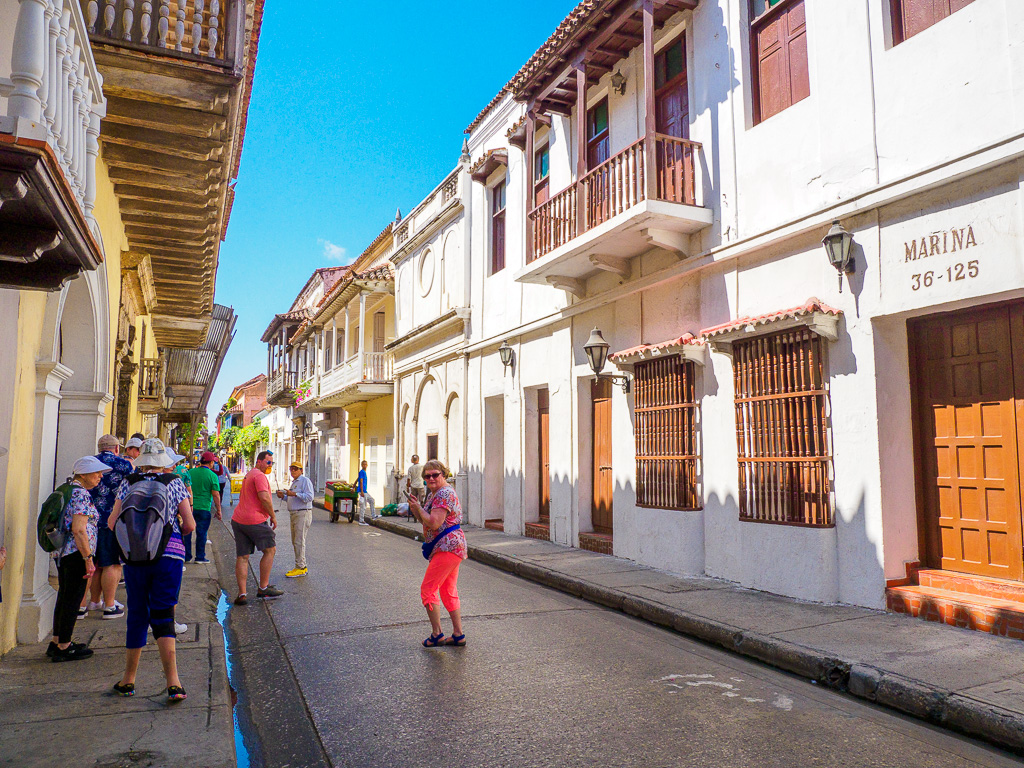
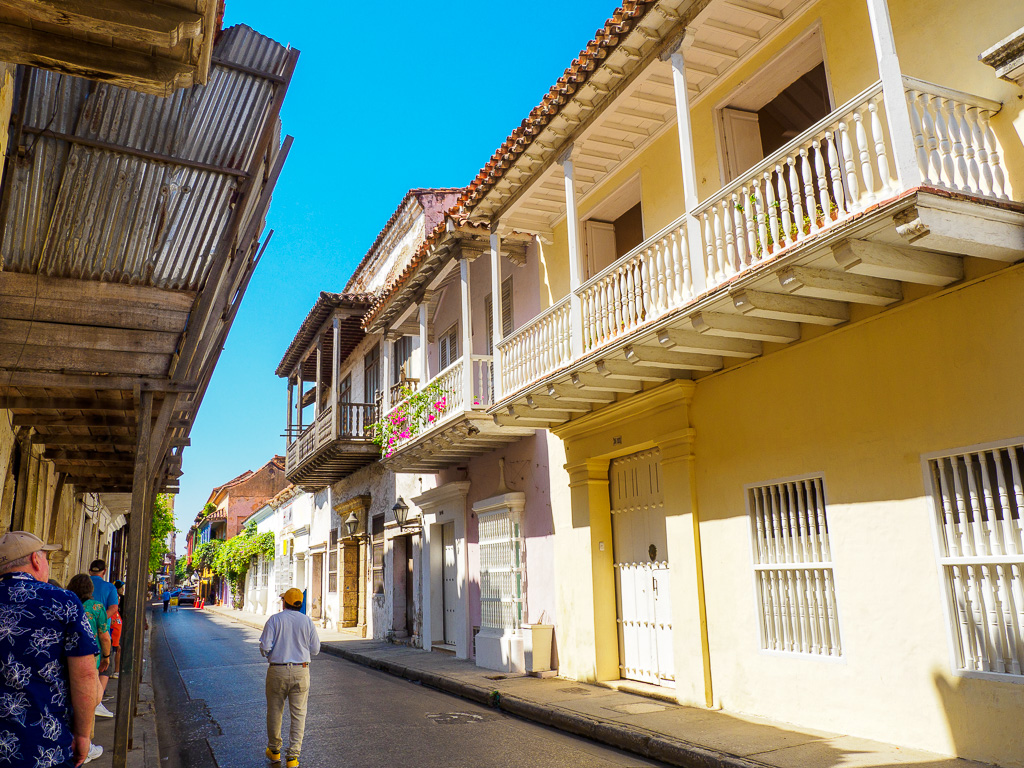
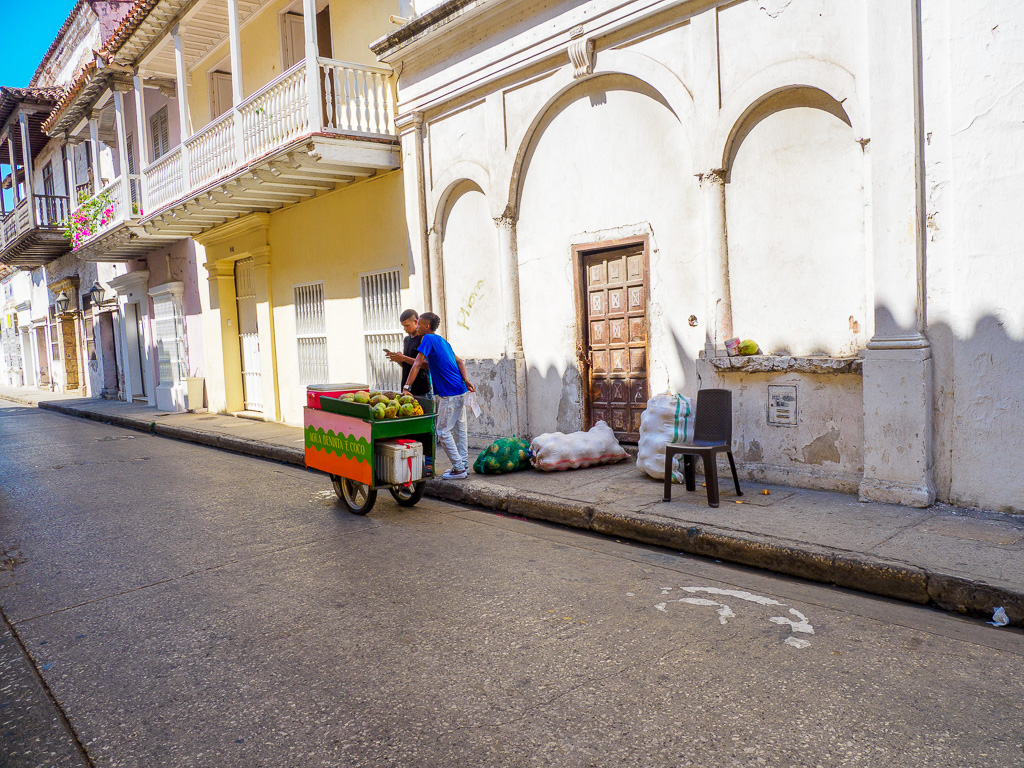
A Street Vendor
Produce carts are the ancestors of today’s food trucks.
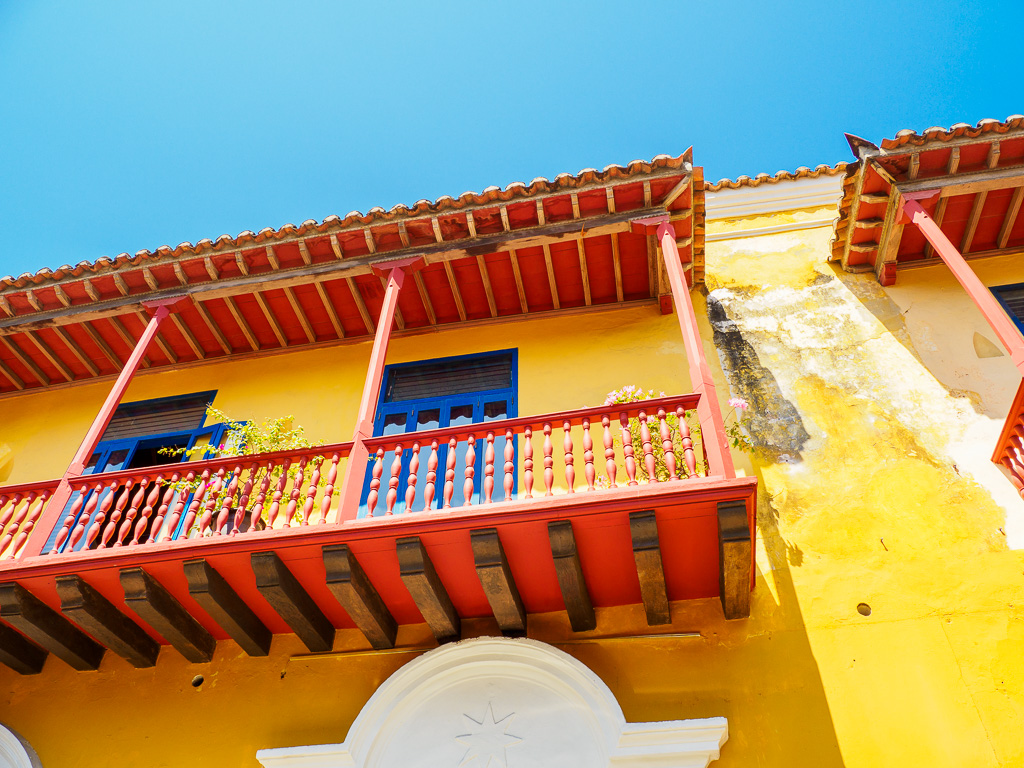
Balconies and Portals
Even hen you can’t be out in the street, you want to be able to look down on it. Cartagena is a town of colorful balconies and elaborate doorways.
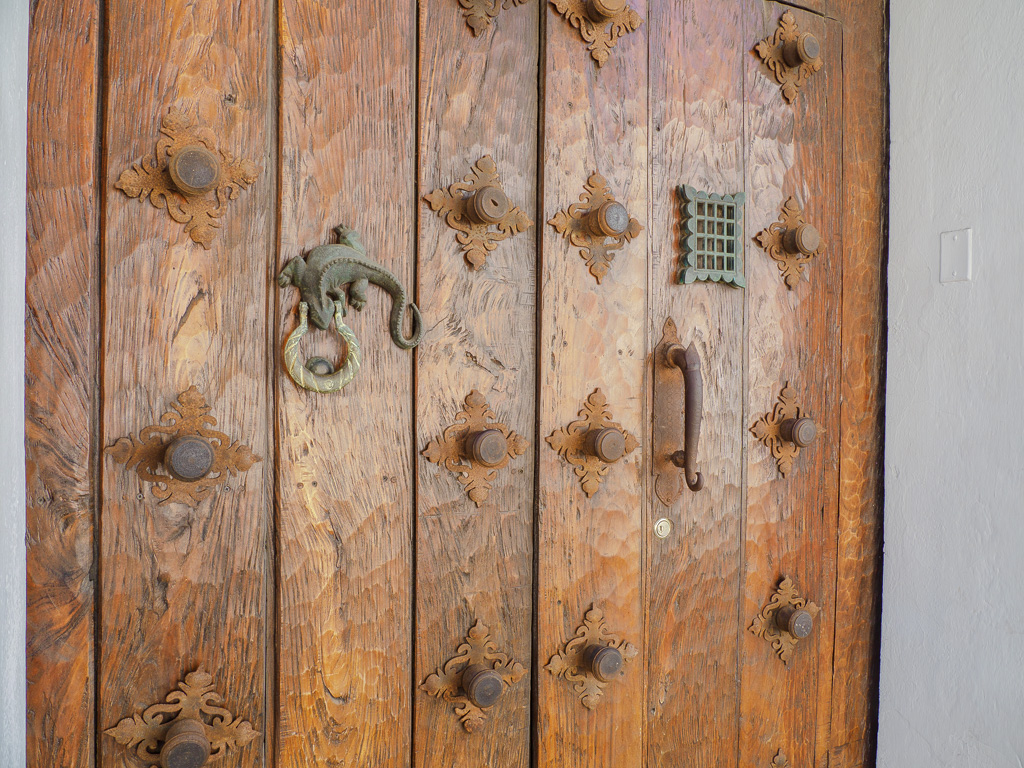

Ballet Folklórico
It satires dance from all regions of the county, encapsulating its culture in miniature.


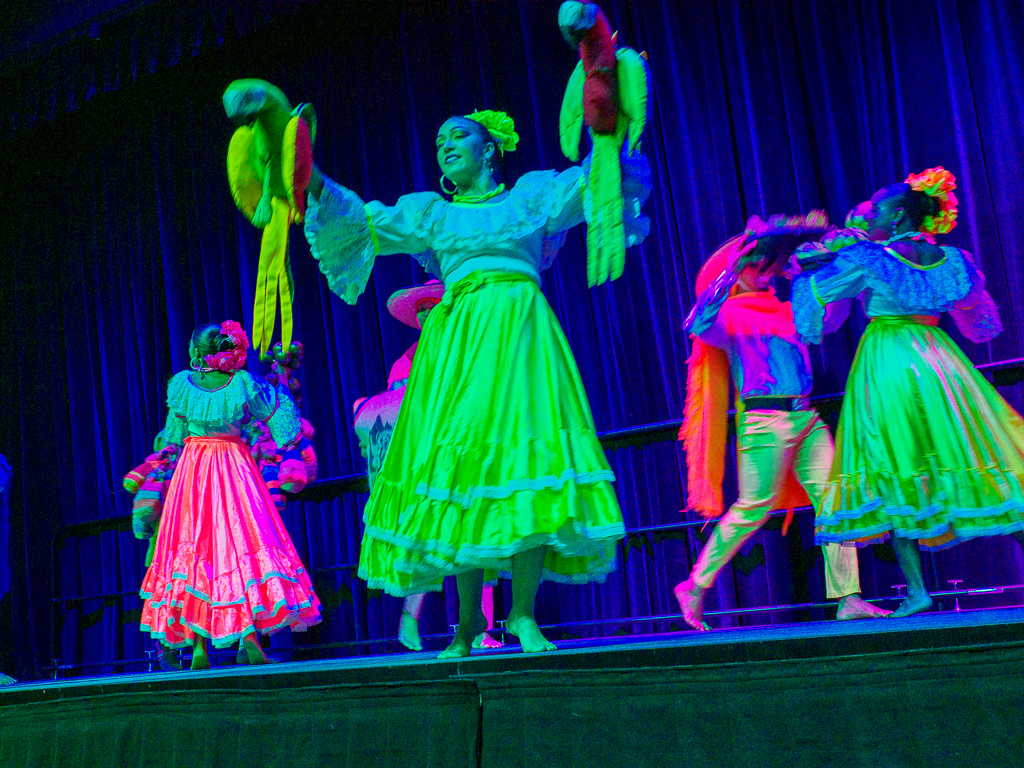

Cartagena’s Patron Saint
Peter Claver was a Jesuit priest born near Barcelona in 1580. After ordination, he arrived in Cartagena in 1610 to find that production in the colony’s gold and silver mines depended on African slaves. His mission became ministering to those workers.

Though Claver’s call of attention to the condition of the slaves was controversial, his ministry grew to include the city’s elite, and as the years passed he gained respect.
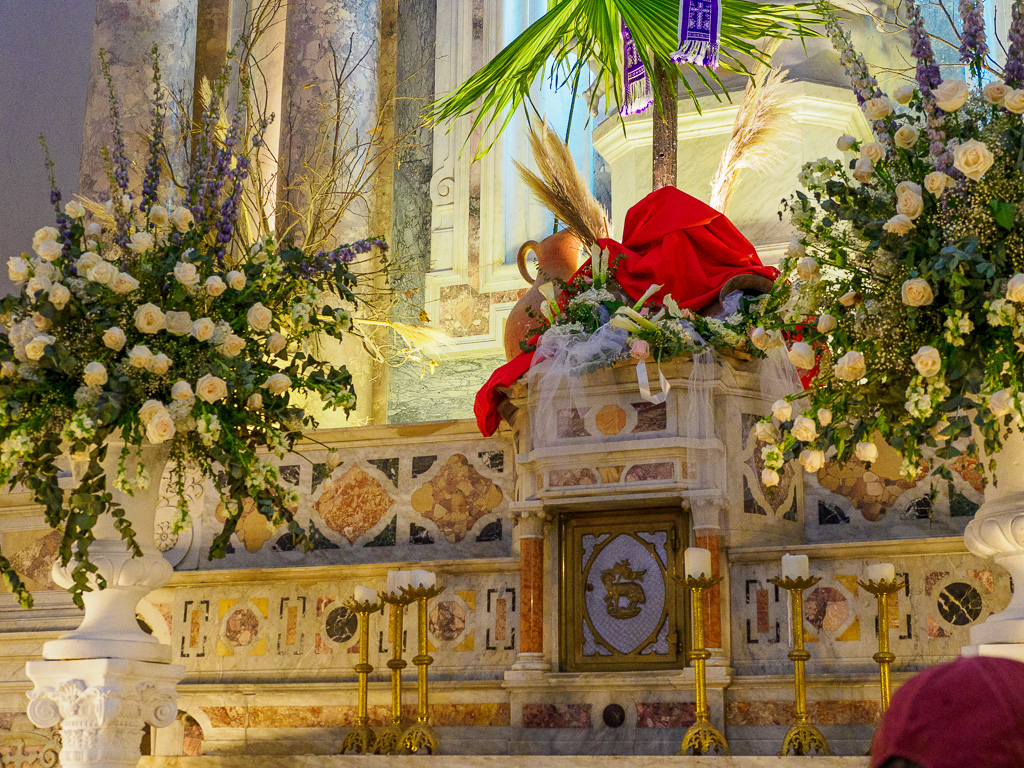
Respect and Sainthood
By the time of his death at age 74, he was buried with full honors. He was canonized in 1888.


Fortifications
Not long after the city’s founding in 1533, Spain found it necessary to defend Cartagena against invasion by rival European powers. These walls are now a UNESCO cultural site.
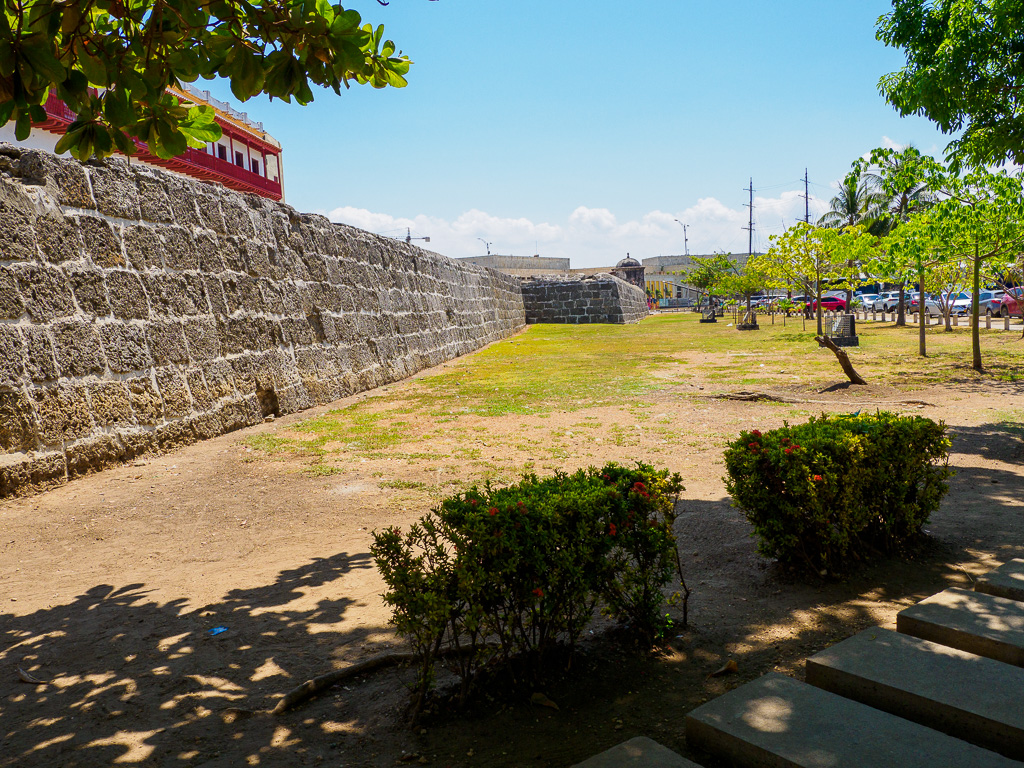
Leaving Town
Passing a residential part of the city.
